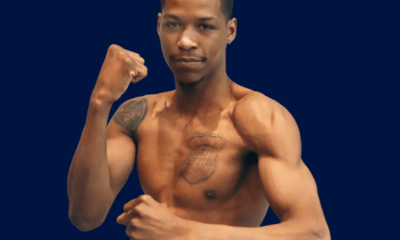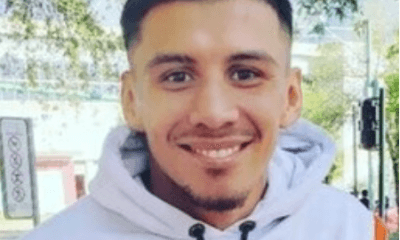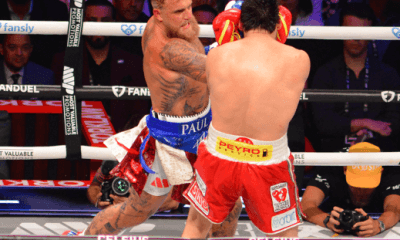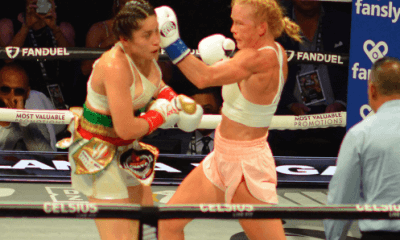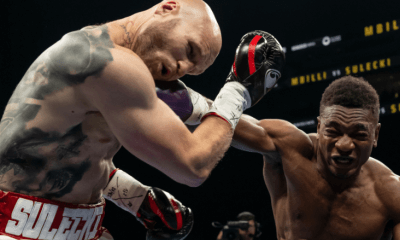Featured Articles
Lou Nova vs Max Baer, Boxing’s Seminal TV Fight, Opened a Pandora’s Box
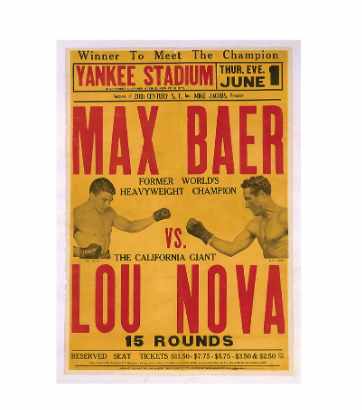
According to crackerjack publicist Madelyn Flax, the June 1, 1939 fight at Yankee Stadium between Lou Nova and Max Baer has the distinction of being the first fight on television. The bout aired on NBC.
Ms. Flax includes this bit of trivia in her correspondence with the boxing media on behalf of her client Ring City USA. Boxing’s newest promotional entity, Ring City launched a series of twice-monthly shows on Nov. 19. Currently anchored at Freddie Roach’s Wild Card Boxing Club in Los Angeles, the club-level cards air on Thursdays on the NBC Sports network.
Ms. Flax is correct. The Nova-Baer fight did air on NBC and it was a trailblazing event that ushered in a new era of boxing. However, this information begs for historical context.
The TV signal, short-waved from Yankee Stadium to a transmitter atop the Empire State building, reached a 50-mile radius of midtown Manhattan, give or take a few miles depending on the weather. NBC estimated that 20,000 people watched the fight on 8-by-10 screens, a dubious assertion as the TV hadn’t yet become an object of curiosity in a department store’s picture window. Even allowing for the fact that TV owners invited friends and neighbors over to watch the fight, 20,000 is a number that strains credibility.
Because the signal reached into parts of New Jersey and Connecticut, the telecast was technically illegal. The 1912 federal law prohibiting the interstate transportation of fight films, the “Jack Johnson law” as it was informally known, was still on the books.
Sam Taub, a columnist for The Ring magazine, did the blow-by-blow. Taub, who lived into his nineties, would estimate that he broadcast more than 7,000 fights on radio or television before he turned the reins over to a younger man.
Before the year was out, Taub was promoting a series of televised shows on Saturday nights from the Ridgewood Grove, an intimate 2,500-seat nightclub that sat on the border of Brooklyn and Queens. These were the first indoor televised fights in the United States. Taub’s first show, on Oct. 21, 1939, featured an 8-round contest between journeymen light welterweights Tony Marteliano and Bobby McIntire.
Before the Nova-Baer experiment aired, NBC did several walk-throughs of various kinds, including a three-round exhibition between Lou Nova and one of his sparring partners, Patsy Perroni. The ring was pitched in a room on the third floor of the Radio City building. Invited guests watched the fight on the sixth floor.
When it comes to new technologies, us Yankees like to think that we were in the vanguard, but in point of fact when it came to televised boxing, the Brits beat us to the punch. On Feb. 23, 1939, the British lightweight title fight between Eric Boon and Arthur Danahar at North London’s Harringay Arena was beamed to three cinemas in London, each of which paid $1,000 for the privilege of showing the fight.
The mass production of televisions was stalled by the war. In 1948, RCA’s cheapest model sold for $395. That’s the equivalent of $10,400 today. But the price came down in a hurry and the felt need to own one begat a feverish rush unmatched until the introduction of the cell phone, that handy little gizmo that fits so neatly in our hip pocket. A 1958 survey showed that there were more televisions in American homes than telephones or bathtubs. And by then, boxing was all over the TV dial, not that there was much competition as few folks had access to more than four channels.
The TV honchos loved boxing. It was a sport played on a small “playing field” with only two contestants who were usually at arm’s length. Little furbishing of the staging area was needed other than brighter illumination and tinting the canvas a darker shade to reduce glare, keeping production costs low. The expedient of requiring one boxer to wear white trunks and the other black enabled the viewer to keep them apart. Multi-colored ring apparel awaited the introduction of the color television.
TV brought new money into the sport, but there was a big downside. Neighborhood fight clubs – and there were hundreds of them across the country – folded at an alarming rate as legions of fight fans stayed home to get their boxing fix. There were other factors at work such as suburbanization, but TV was the main culprit. Dan Parker, the syndicated boxing writer for the New York Daily Mirror, was prescient when he predicted in a 1939 story that TV would eventually make the grass-roots boxing promoter almost extinct. Parker cited the example of vaudeville which was clubbed into antiquity by the movies.
Dan Parker would later recommend a one-year moratorium on televised fights “to nourish boxing’s withering roots.”
Sam Taub, by the way, was no fan of television although he was quick to embrace the new medium. Taub once said, perhaps tongue-in-cheek, that the TV set was a device invented by the devil. He felt that way because it stifled his creativity; his freedom to improvise.
In boxing lore there is a yarn about an out-of-town fight manager who took ill after coming to New York to see a match at the old Madison Square Garden and thought it prudent to catch the fight on radio in his room at his hotel located a stone’s throw from the arena. The first two rounds, as narrated by Sam Taub, were so full of action that the ailing fight manager was roused to go see it, not wishing to miss the entirety of a fight shaping up as an all-time classic.
When he rushed into Madison Square Garden, the lobby was jammed with fight fans who had left their seats. The bout was such a stinker that they couldn’t bear to watch any more of it.
Taub, by the way, was no fan of Howard Cosell who became nationally prominent covering Muhammad Ali before he became identified with Monday Night Football. He would have numbered Cosell among the noxious effects of television.
Taub didn’t like the man but was too diplomatic to bad-mouth him. Asked if he had ever met the bombastic sportscaster, Taub had a stock reply: “Yes, I have met him,” he would say, “but I never loaned him any money.”
—-
The next Ring City show goes Dec. 17. Undefeated super welterweights Charles Conwell (13-0, 10 KOs) and Madiyar Ashkeyev (14-0, 7 KOs) collide in the 10-round main event. Conwell, 23, represented the U.S. in the 2016 Rio Olympics. Ashkeyev, 32, is a native of Kazakhstan and a stablemate of Vasyl Lomachenko. The show airs at 9 pm ET / 6 pm PT on NBCSN.
Check out more boxing news on video at the Boxing Channel
To comment on this story in the Fight Forum CLICK HERE
-

 Featured Articles3 weeks ago
Featured Articles3 weeks agoAvila Perspective, Chap. 330: Matchroom in New York plus the Latest on Canelo-Crawford
-
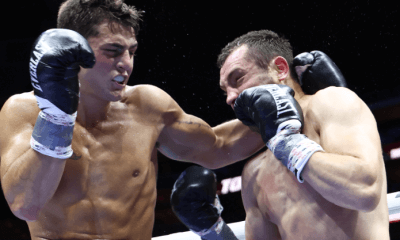
 Featured Articles2 weeks ago
Featured Articles2 weeks agoVito Mielnicki Jr Whitewashes Kamil Gardzielik Before the Home Folks in Newark
-
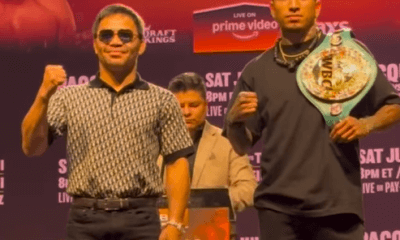
 Featured Articles4 weeks ago
Featured Articles4 weeks agoAvila Perspective, Chap 329: Pacquiao is Back, Fabio in England and More
-
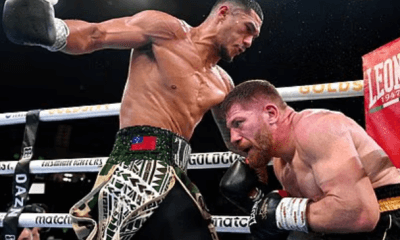
 Featured Articles3 weeks ago
Featured Articles3 weeks agoOpetaia and Nakatani Crush Overmatched Foes, Capping Off a Wild Boxing Weekend
-
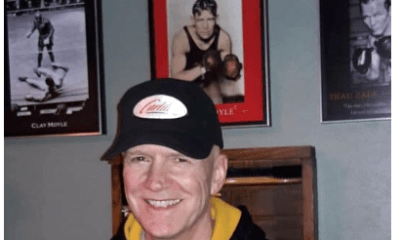
 Featured Articles2 weeks ago
Featured Articles2 weeks agoCatching Up with Clay Moyle Who Talks About His Massive Collection of Boxing Books
-

 Featured Articles4 weeks ago
Featured Articles4 weeks agoFabio Wardley Comes from Behind to KO Justis Huni
-
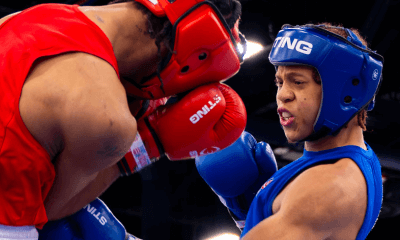
 Featured Articles1 week ago
Featured Articles1 week agoMore Medals for Hawaii’s Patricio Family at the USA Boxing Summer Festival
-
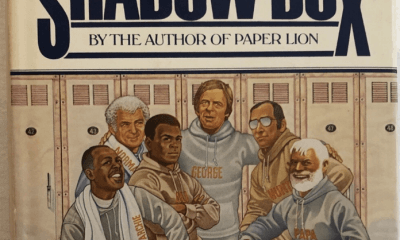
 Featured Articles4 weeks ago
Featured Articles4 weeks agoDelving into ‘Hoopla’ with Notes on Books by George Plimpton and Joyce Carol Oates

